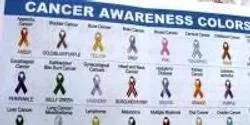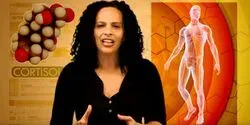Lab Safety

Nanomaterials commonly used in sunscreens and boat-bottom paints are making sea urchin embryos more vulnerable to toxins, according to a study from the University of California, Davis. The authors said this could pose a risk to coastal, marine and freshwater environments.

Abstract: A new Type of Class II BSC has emerged that will simplify the selection process and provide true flexibility in modern laboratories needing both chemical and biological protection. Along with 3rd party validation in biological challenges by NSF International®, the Purifier Axiom Class II BSC was put under
ASHRAE 110 containment testing for chemical hazards to verify its ability to handle chemical hazards as well as a fume hood.

A new film from the University of Cambridge looks at how mice are helping the fight against cancer and the facilities in which they are housed, and explores issues of animal welfare and the search for replacements

While a May 20 ruling by a Manhattan Supreme Court Justice appeared to grant legal personhood to two research chimpanzees from Stony Brook University, the Nonhuman Rights Project later clarified that the judge will hear arguments on whether or not the chimps will remain at the university and whether or not they could be considered "persons" in the eyes of the law, but has not yet made a final decision granting them legal personhood.

The dispersant used to remediate the 2010 Deepwater Horizon oil spill in the Gulf of Mexico is more toxic to cold-water corals than the spilled oil, according to a study conducted at Temple University. The study comes on the eve of the spill’s fifth anniversary, April 20.















